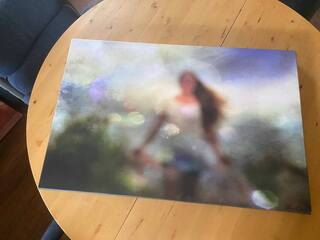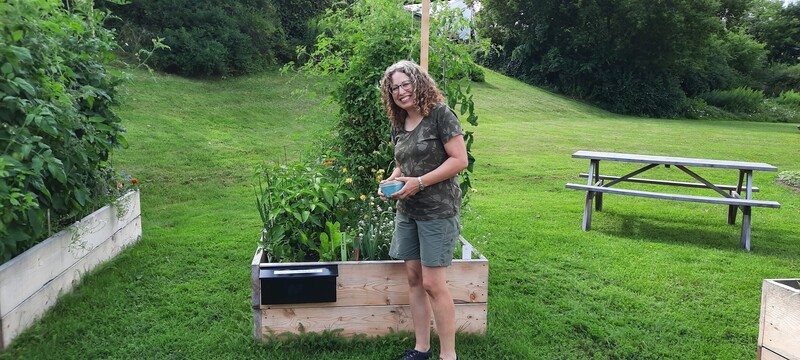MOBILIZING AROUND HOUSING 11/17/2022

'We can't wait to show how much hope and possibility is contained in one tiny cabin.' - Northumberland Sleeping Cabins Collective
A tiny heated space -- bed, dresser, mini fridge, some shelves and a door that locks. A home. Imagine what it would mean to be invited in from cold, back alleyways, woods, abandoned sheds and cars -- to no longer be shunted between hiding spots by bylaw enforcement officers whose message is clear: there’s no place for you in our town. Countering that message is the Northumberland Sleeping Cabins Collective. Formed less than two months ago, the community-led group is racing against time to build a sleeping cabin community for 10 to 12 individuals who are unhoused, before the worst of winter sets in. Fifty people showed up at its first meeting last month to offer support. Hundreds are dropping by for a peek of a model bunkie, lent from Kingston’s sleeping cabin community, as it tours Cobourg and Port Hope. “People want a solution,” says organizer Jenni Frenke. “It’s not a perfect solution, but it’s an urgent response, and it’s better than a tent and better than a shelter. We just need to get it done.”

What will move the project from vision to reality?
Land is key. A private donation of a half-to-one-acre lot in Cobourg or Port Hope with an unused building for common washrooms and kitchen would be ideal, but the Collective says it can work with other scenarios. In Kitchener-Waterloo, A Better Tent City bypassed red tape when a private landowner stepped forward with land. Last year the City of Kingston surprised many by making two municipally owned sites available for Our Livable Solutions. Here, with newly elected mayors and councils in Cobourg and Port Hope, who knows what's possible!
Money, of course. With serviced land, the 8 X 10 ft. bunkies could cost up to $10,000 each to build, but every day brings new offers of labour and materials. Green Wood Coalition, as a registered charity, will partner with the Collective to make donating seamless. “If everybody pulls together we can make something that feels like a huge thing achievable,” says Jenni.
Last but not least, community. Northumberland Sleeping Cabins Collective began when a handful of people took action to do better by our unsheltered neighbours, and it's grown exponentially from there. Jenni says “spread the word, share our Facebook page, tap into every network, because you never know what skills, talents and resources lay hidden among us.”

.png)











